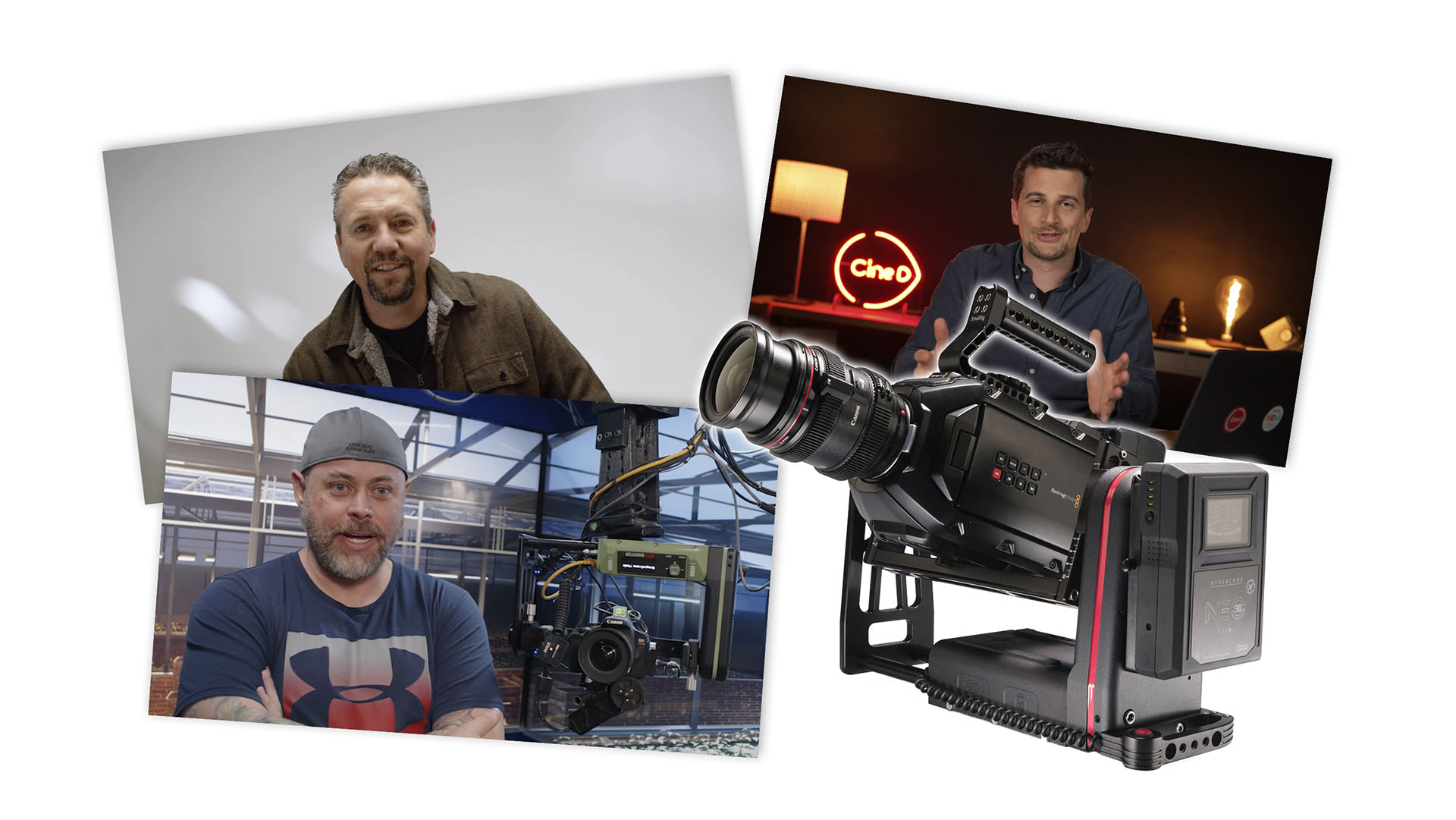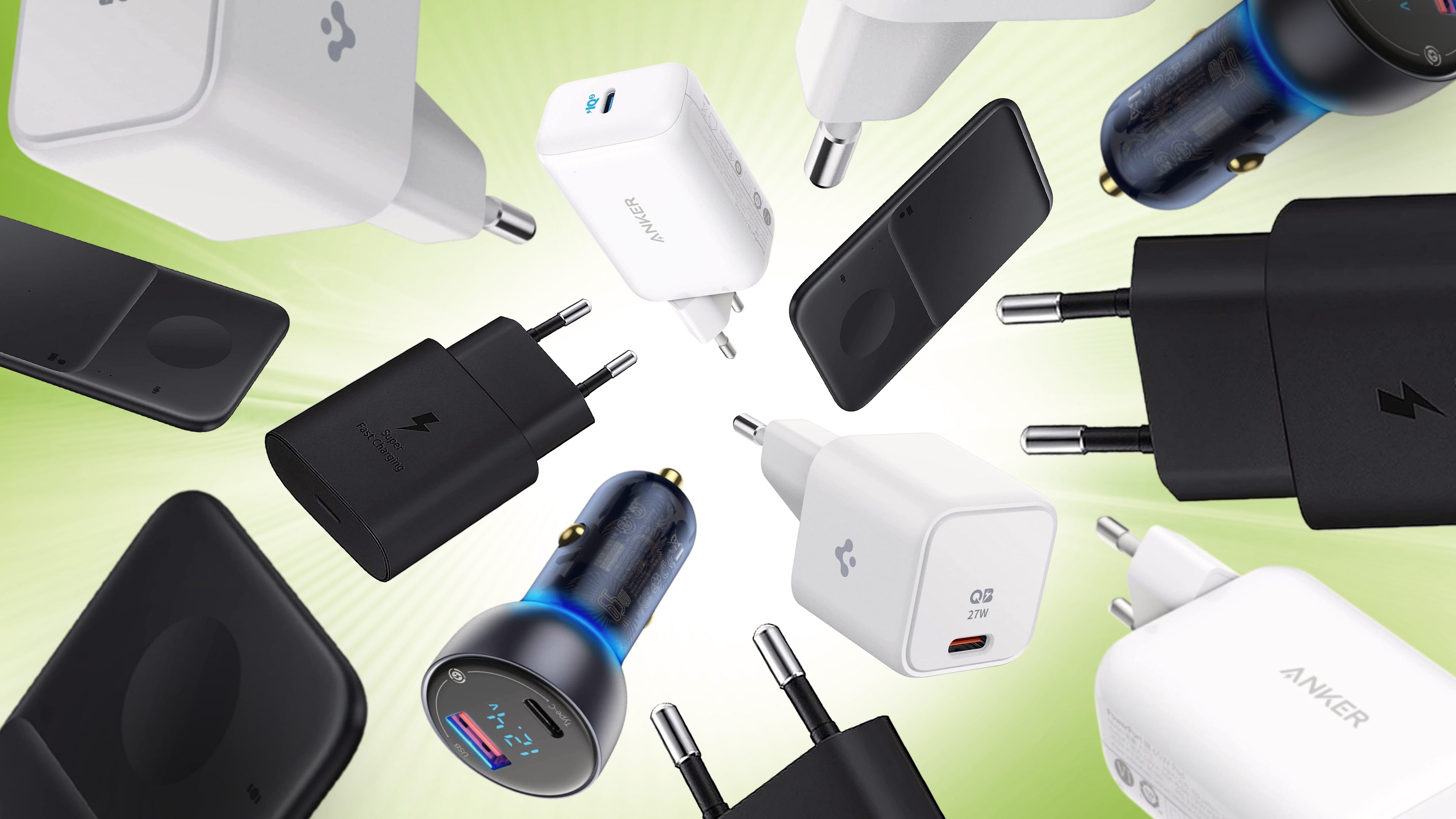

On the surface, the Kessler CineShooter+ may seem to be yet another motorized camera controller like many others before it. But this one goes the extra mile, providing complete motion information for Unreal Engine sync integration. In the following interview, Eric Kessler and Chris Field provide an insightful look into the design and engineering of the device. They share the meticulous process of creating a product in correspondence with both high-end and entry-level requirements without compromising the company’s reputation, based on precise, trustworthy products.Our ever-growing markets see the rise and fall of what seems to be an infinite number of products. In retrospect, it’s easy to see how some products failed and how some gained viral status. Anticipating or figuring out what would make a product successful is much trickier. In this interview, Kessler and Field take CineD’s co-founder Nino Leitner through the process, how specific needs are being translated to gears and motors, the back-and-forth practice, potential pitfalls, etc. Even if you have no interest in precise motorized camera control, this walkthrough is relevant for a wide range of professional practices.Kessler CineShooter+ Image credit: KesslerVirtual production for the massesKessler CineShooter+ (here is the website) is a motorized camera control system. What does this have to do with virtual production? Let’s start with a brief explanation. Virtual production refers to a relatively new field in the cine world. Instead of working with green screens and markers or going out into the wild, virtual production uses an LED wall to replicate a deeper background. Mobile virtual production and rapid change of prepared locations on Varyostage. Image source: CineDOK, so it’s an LED background. What’s with all the motion information? Well, not so fast. As you’ll soon find out if you try to shoot your talent with an LED background, it’s all fun and games until you want some camera movement. Replicating depth on a 2D screen is easy if the camera is set still, but once you move the camera it will all fall apart, looking extremely synthetic. That’s because of the parallax.Parallax“Parallax is a displacement or difference in the apparent position of an object viewed along two different lines of sight” (Wikipedia). Simply put: When the angle of view is changed in a 3D environment, the “background” is not a single unit. The line of sight differs depending on the distance between the camera and specific objects. So, in order to create an authentic viewing experience we’d have to align camera movements with specific background elements. This is why we would use Unreal Engine 3D environments and not a simple 2D image.The Kessler CineShooter+ incorporates precise motion control with complete motion information synchronization with Unreal Engine. This expands the user’s production ability, enabling various dynamic backgrounds, environments, and motion with relatively common household appliances such as a big-screen TV or a short-throw projector.Precision deviceThe Kessler CineShooter+ is, first and foremost, a precision device aimed at delicate and intricate motion control. Anyone familiar with Kessler as a company or with Chris Field’s work at Biolapse won’t be surprised. As described in the interview, the technical requirements imposed on the CineShooter+ bear few compromises (if any). Considering their target audience I wouldn’t expect anything less. Chris Field’s work with the BBC, The Green Planet, BBC Earth.Precise motion is the baseline of the CineShooter+. The device comes in two flavors, the Kessler CineShooter+ and the Kessler CineShooter+ Macro. The latter uses different gearing and motors for added precision and quieter action while sacrificing speed, hence the Macro naming scheme. But precision instruments coming from Kessler aren’t exactly news. The CineShooter+ core feature, in my opinion at least, lies in its accessibility. Both in terms of pricing and ease of use, this device aims to burst out of its niche and into the hands of many creators. Kessler CineShooter+ App and desktop control panel. Image credit: KesslerDemocratizing high-end cinematic practiceAimed at a more popular audience, the Kessler CineShooter+ encapsulates various abilities. It does so in a relatively compact package. Aside from being compact, it’s a relatively unified solution, which in my opinion is even more important. As you can see in Field’s videos, the studio may sometimes look like the interior of the Nebuchadnezzar (Matrix). Wires, motors, screens, and controls are all over this controlled, chaotic scene. The CineShooter+ greatly reduces all this, adding parallax control over Unreal Engine 3D environments and making for a much tidier studio. This is great news for smaller production houses who can’t afford this level of preparation to be done for every shoot. It’s also extremely useful for independent creators.To conclude – The Kessler CineShooter+ may prove to be much more than another evolutionary step for the company. Together with recent progress in virtual production, it may prove to be a game-changing tool for various filmmakers, production studios, and independent creators, now within reach of recently unobtainable tech. Price and availabilityThe Kessler CineShooter+ andCineShooter+ Macro are both available now and priced at $3200. For more information, you can visit their website. Will you consider adding such a device to your gear? Do you see the potential of virtual production technology in your workflow? Let us know in the comments.






